 W
WThe Breda A.2 was a small sport and touring aircraft developed in Italy in 1921.
 W
WThe Breda A.3 was a prototype twin-engined biplane, designed by Società Italiana Ernesto Breda, as a night bomber in 1924.
 W
WThe Breda A.4 was a biplane trainer produced in Italy in the mid-1920s. It was of conventional configuration with a two-bay unstaggered wing cellule and seating for the pilot and instructor in tandem open cockpits. Apart from civil use, the A.4 was also adopted by the Regia Aeronautica as a trainer. At least some examples were produced in floatplane configuration as the A.4idro.
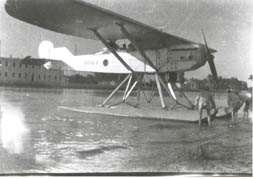 W
WThe Breda A.7 was a reconnaissance aircraft developed in Italy for use by the Regia Aeronautica in 1929. It was a braced parasol monoplane of conventional configuration with tailskid undercarriage. The pilot and observer sat in tandem, open cockpits. A single prototype of a long-range example, originally designated A.7 Raid and later A.16 was also constructed, but the air force showed no interest in it.
 W
WThe Breda A.8 was a prototype twin-engined biplane, designed by Società Italiana Ernesto Breda, as a night bomber in 1927.
 W
WThe Breda A.9 was a biplane trainer produced in Italy in 1928 for the Regia Aeronautica. Conventional in design, it featured a single-bay, unstaggered wing cellule and fixed tailskid undercarriage. The student and instructor sat in tandem, open cockpits. A slightly smaller version, designated A.9-bis was developed for use in Italy's aeroclubs.
 W
WThe Breda A.14 was a prototype three-engined biplane, designed by Società Italiana Ernesto Breda as a night bomber in 1928. The aircraft was proposed to the Regia Aeronautica, but failed assessments, and was abandoned. The aircraft was designed to solve the flight problems experienced on the A.8. The A.14 was tested in 1928, powered by three 340 kW (450 hp) Alfa Romeo Jupiter engines. Although performance was improved, the Regia Aeronautica decided not to accept the A.14. To make up for the costs, it was suggested that a demilitarised version be sold to civilians, but a lack of civilian interest resulted in the abandonment of the project.
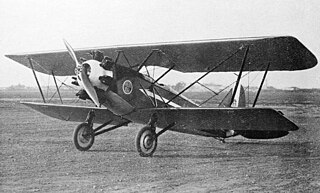 W
WThe Breda Ba.19 was an Italian single-seat aerobatic biplane aircraft developed as an air force trainer in 1928.
 W
WThe Breda Ba.25 was an Italian two-seat biplane trainer designed and built by the Breda company. It was the most widely used Italian basic trainer of the 1930s.
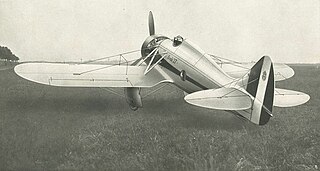 W
WThe Breda Ba.27 was a fighter produced in Italy in the 1930s, used by the Chinese Nationalist Air Force in the Second Sino-Japanese War.
 W
WThe Breda Ba.32 was an Italian airliner prototype designed and built by the Breda company.
 W
WThe Breda Ba.33 was an Italian light sport aircraft designed and built by the Breda company.
 W
WThe Breda Ba.39, a touring and liaison aircraft designed and built in Italy, was a scaled-up version of the Breda Ba.33, achieving some success in sporting events, and distance flights.
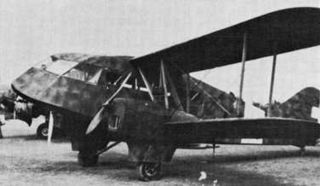 W
WThe Breda Ba.44 was a biplane airliner developed in Italy in the mid-1930s and which saw limited military service when impressed into the Regia Aeronautica as transports.
 W
WThe Breda Ba.64 was an Italian single-engine ground-attack aircraft used by the Regia Aeronautica during the 1930s.
 W
WThe Breda Ba.65 was an Italian all-metal single-engine, low-wing monoplane used by Aviazione Legionaria during the Spanish Civil War and Regia Aeronautica in the first half of World War II. It was the only Italian ground-attack aircraft that saw active service in this role. It saw service almost exclusively in the North African and Middle-Eastern theatre. In addition to more than 150 aircraft operated by the Italian forces, a total of 55 were exported and used by the air forces of Iraq, Chile and Portugal.
 W
WThe Breda Ba.75 was an Italian prototype two-seat reconnaissance and ground-attack aircraft designed and built by the Società Italiana Ernesto Breda. Only one aircraft was built and the type did not enter production.
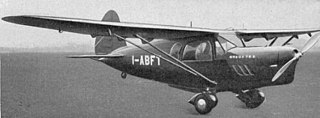 W
WThe Breda Ba.79S was a single-engine four-seat high-wing private aircraft built in Italy in the late 1930s. Only a few were produced.
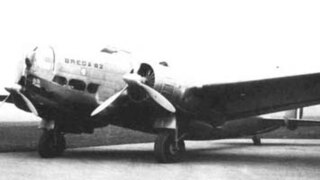 W
WThe Breda Ba.82 was an Italian medium bomber prototype of the late 1930s; it was designed and built by the Breda company.
 W
WThe Breda Ba.88 Lince ("Lynx") was a ground-attack aircraft used by the Italian Regia Aeronautica during World War II. Its streamlined design and retractable undercarriage were advanced for the time, and after its debut in 1937 the aircraft established several world speed records. However, when military equipment was installed on production examples, problems of instability developed and the aeroplane's general performance deteriorated. Eventually its operational career was cut short, and the remaining Ba.88 airframes were used as fixed installations on airfields to mislead enemy reconnaissance. It represented, perhaps, the most remarkable failure of any operational aircraft to see service in World War II.
 W
WThe Breda Ba.201 was an Italian dive bomber designed during World War II, that never entered production.
 W
WThe Breda-Zappata B.Z.308 was an Italian four-engined airliner produced by Breda.
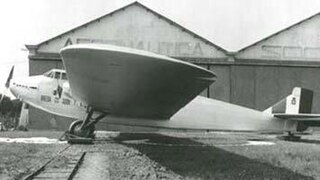 W
WThe Breda CC.20 was an Italian heavy bomber prototype of 1929 designed and built by the Breda company.
 W
WThe Tebaldi-Zari was an Italian fighter prototype of 1919. The Breda company later acquired the rights to it.